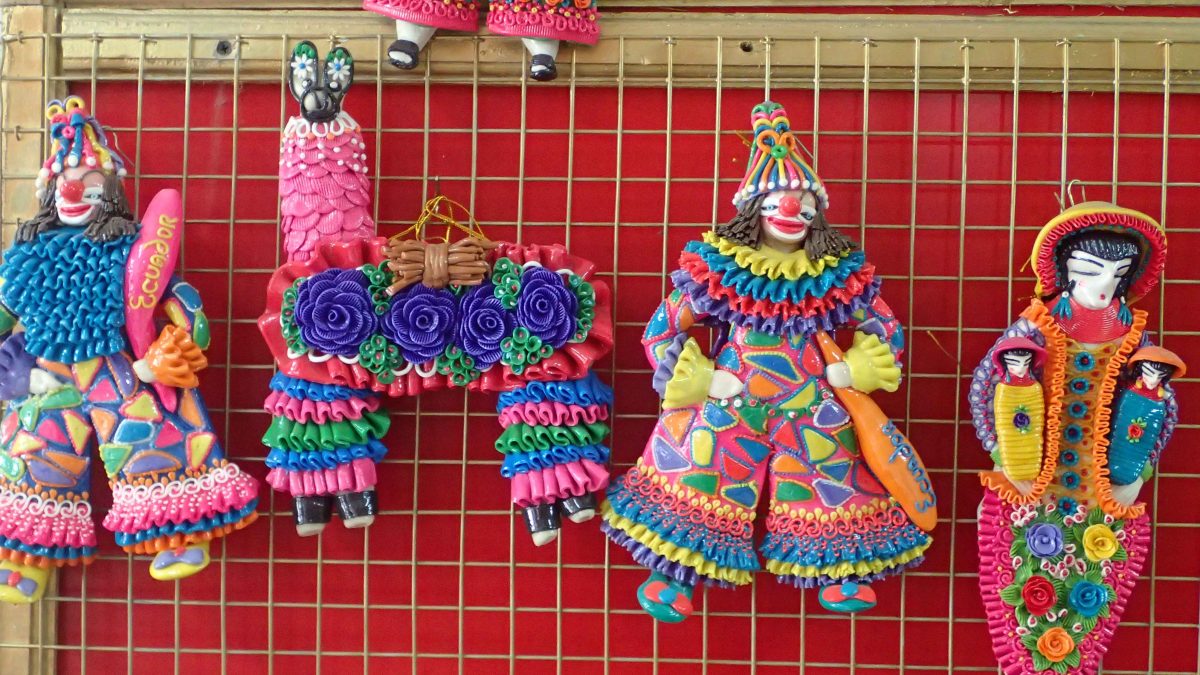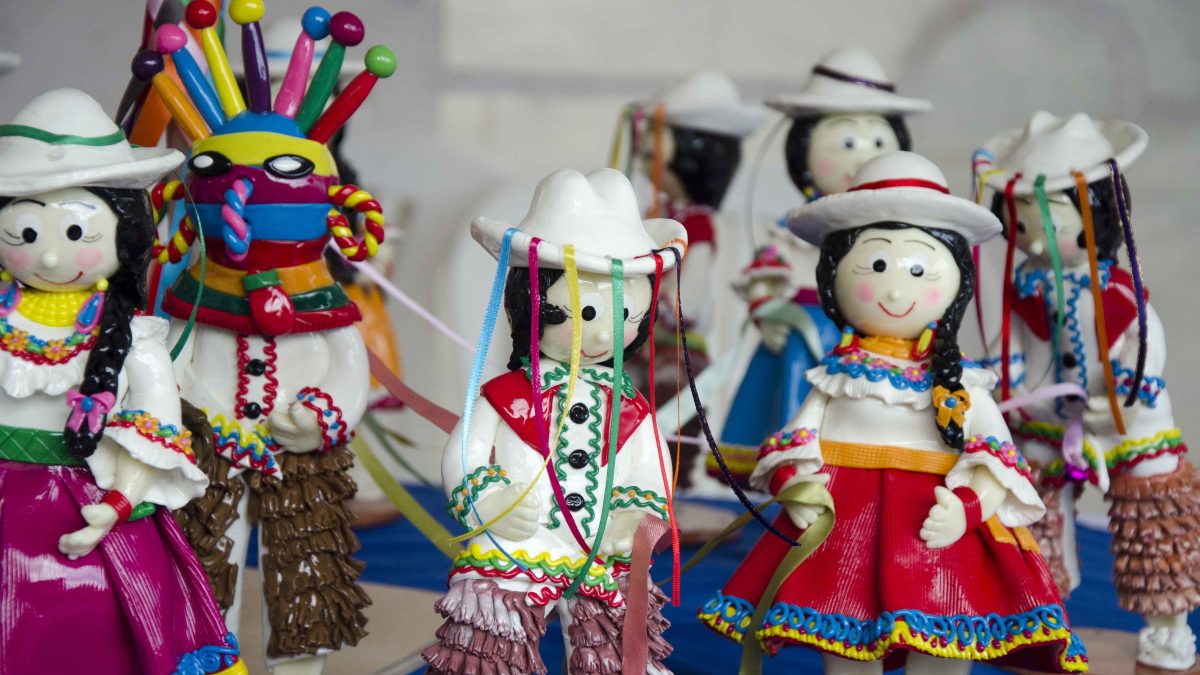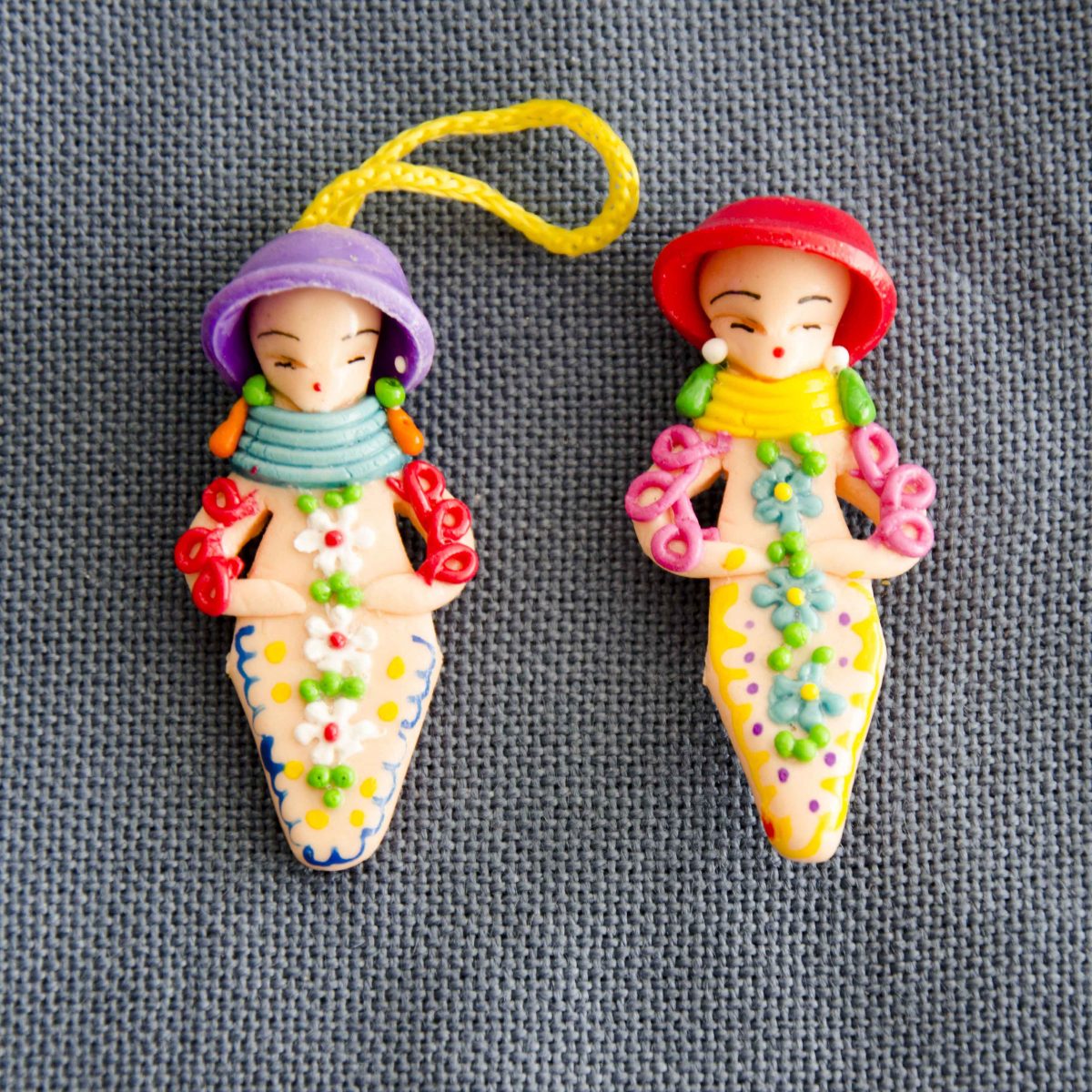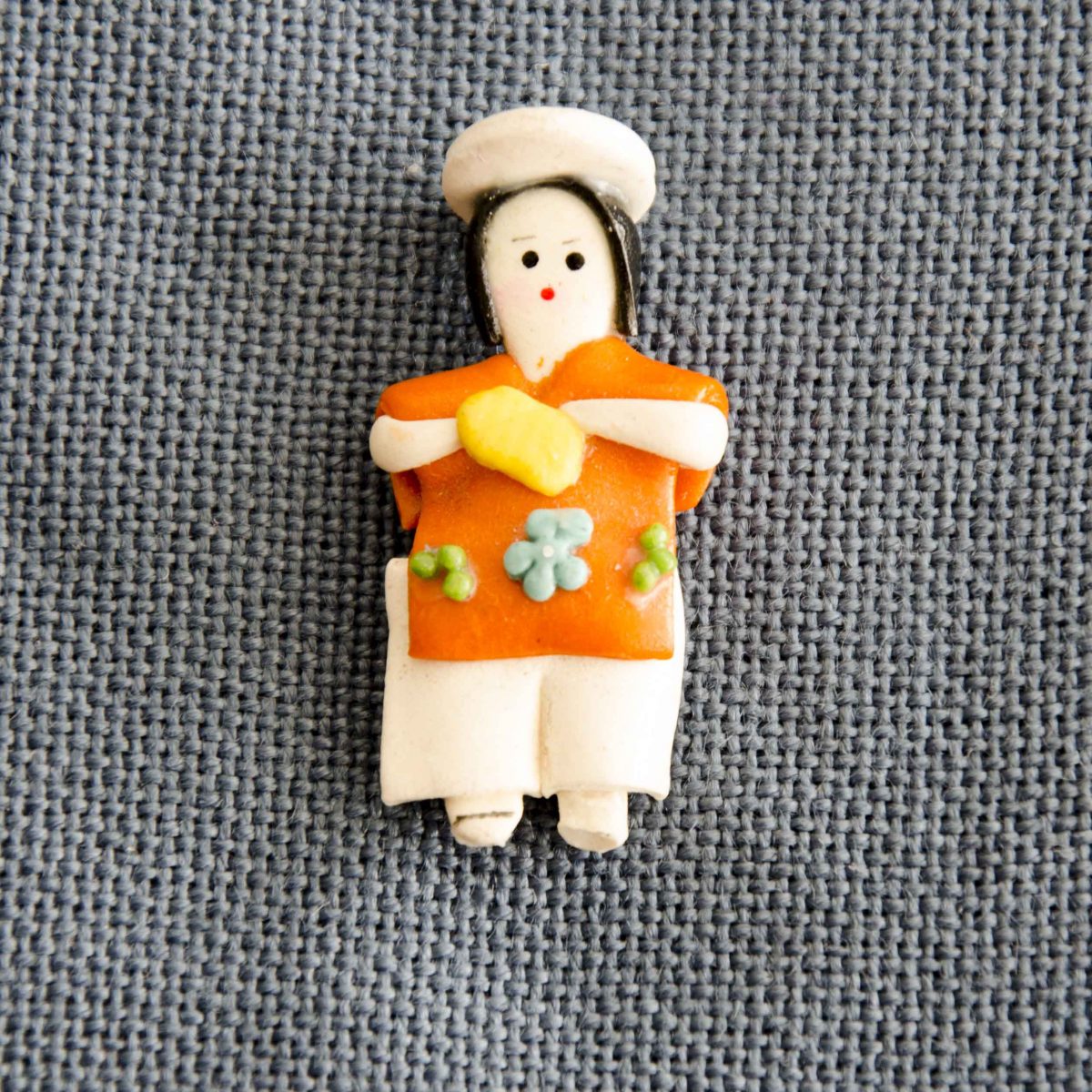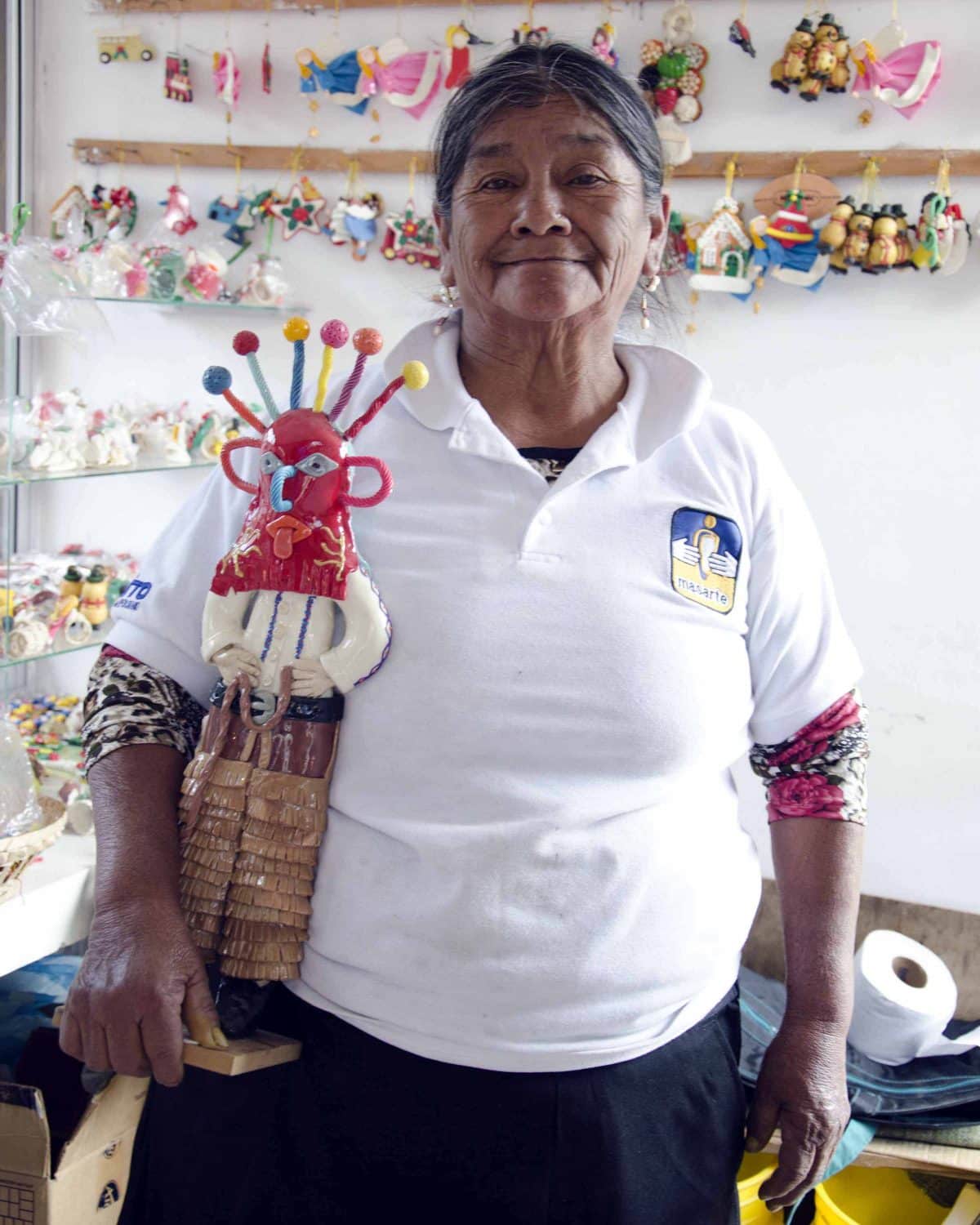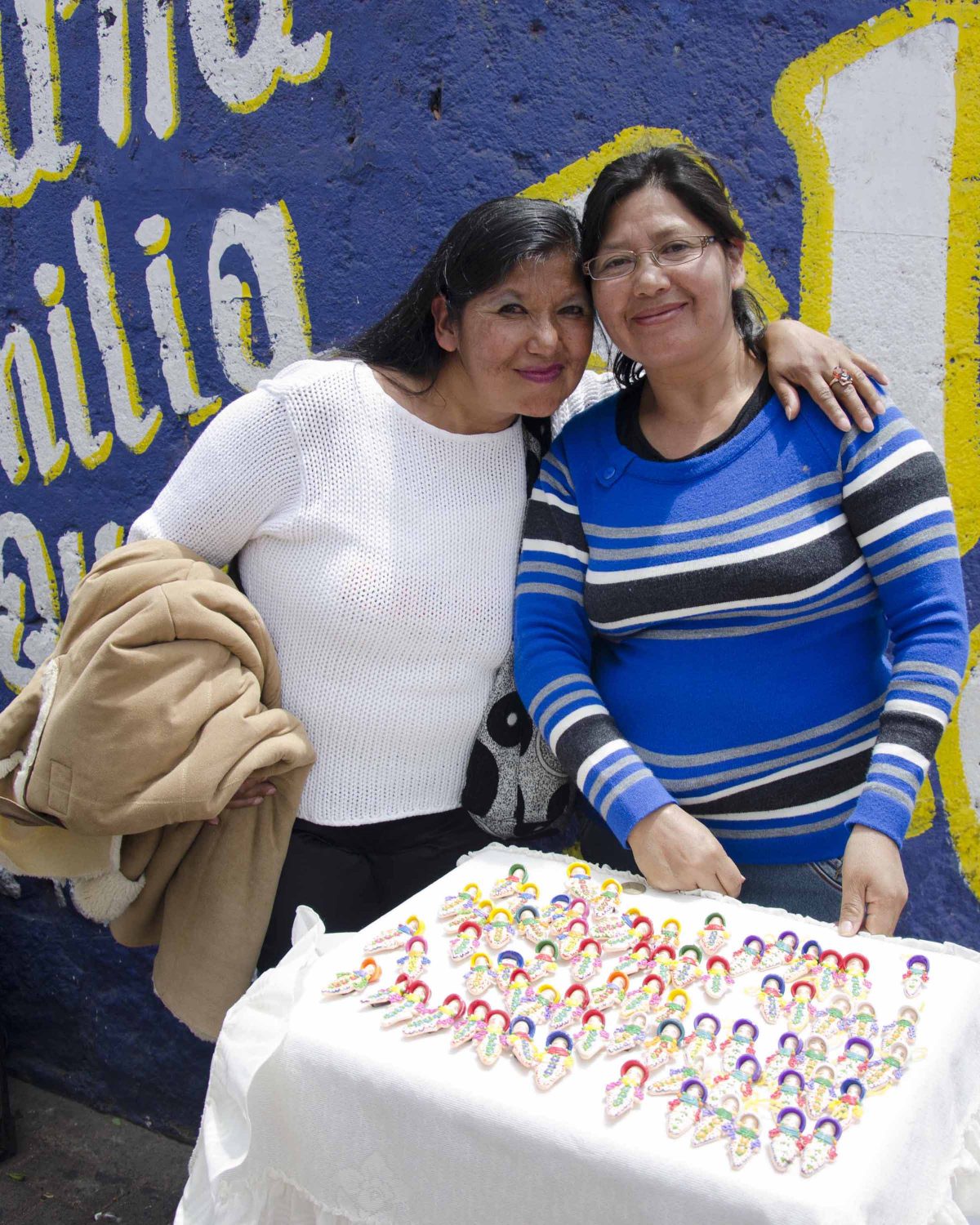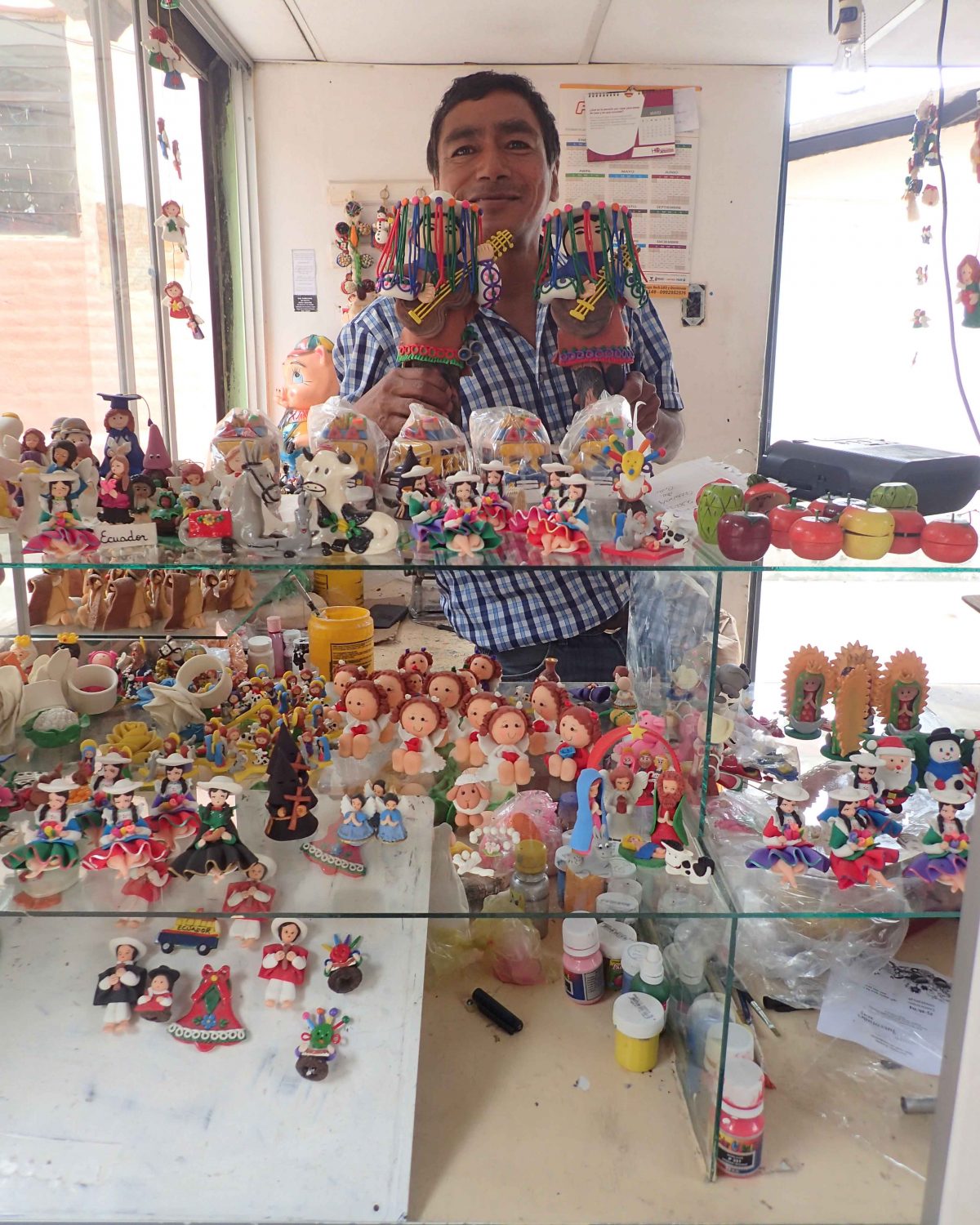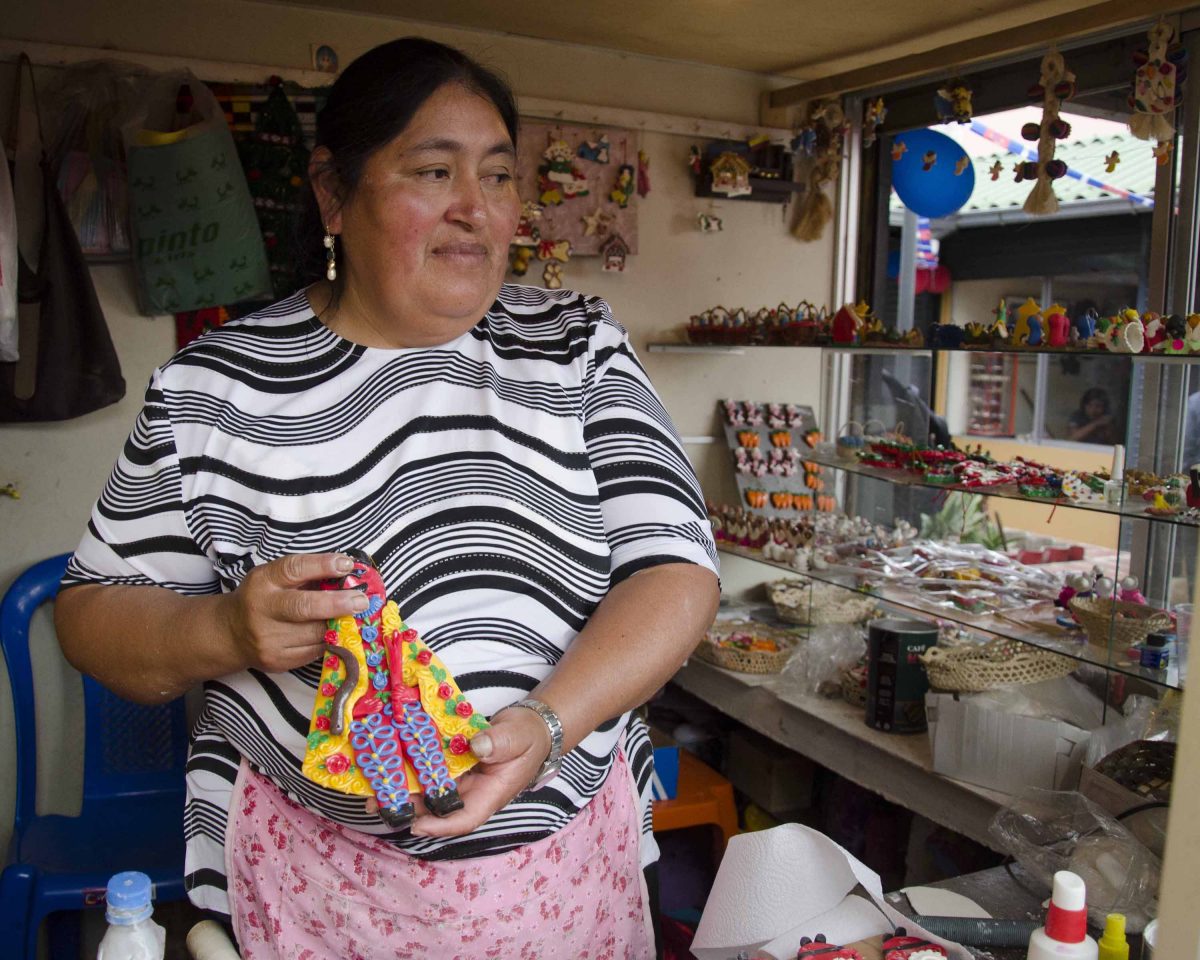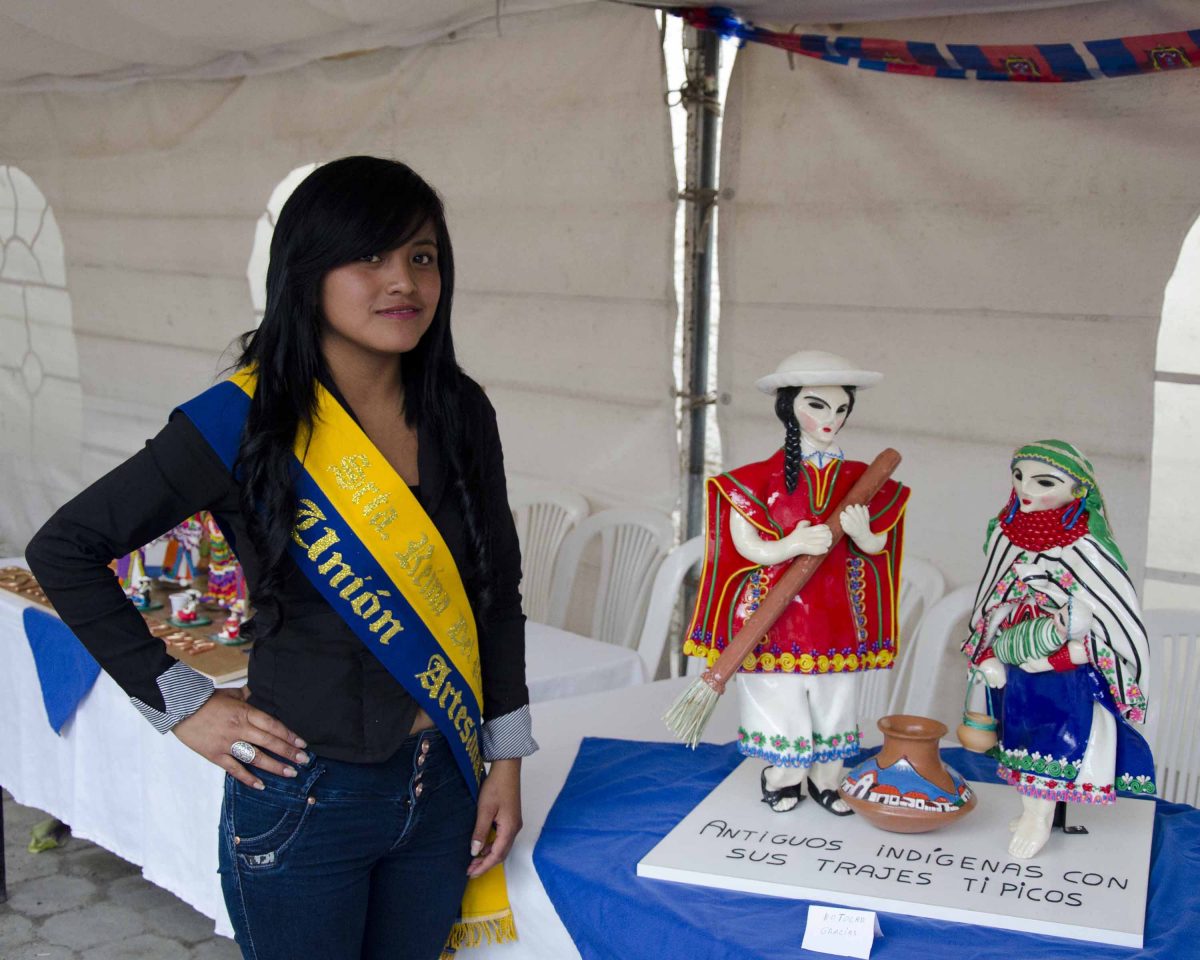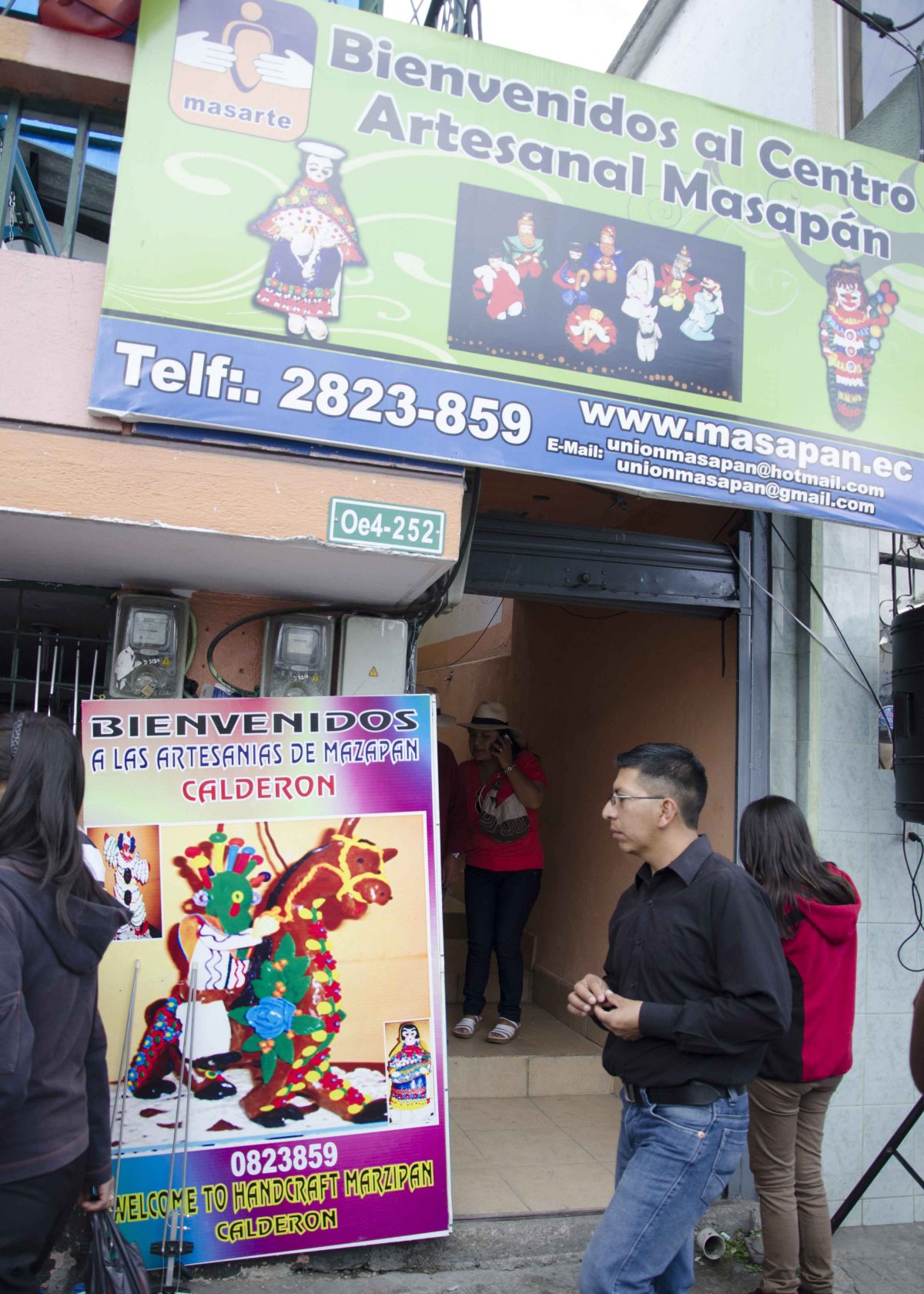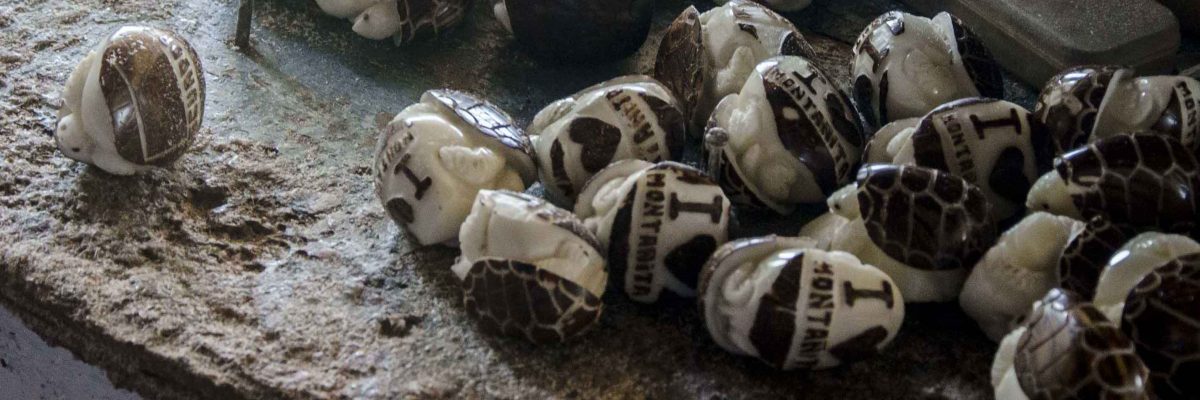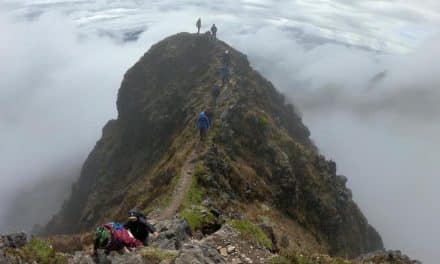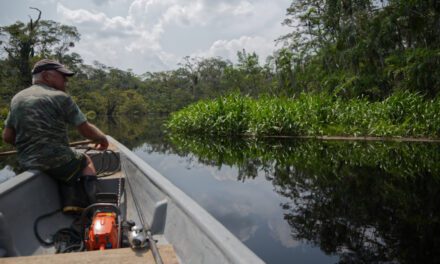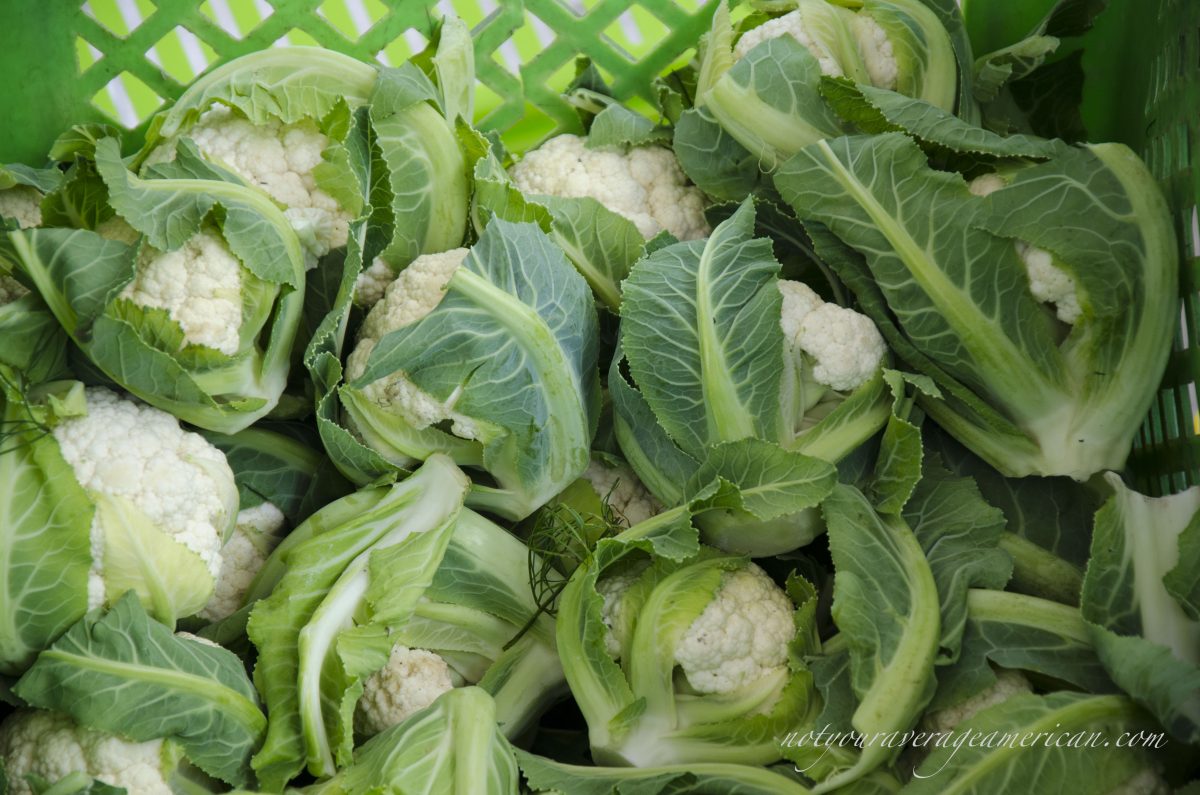As responsible travelers evolve, so do the stories we share.
This article is part of our living archive — trusted content we continue to care for.
First published on October 21, 2015 • Last updated on May 30, 2018.
It is always in October, when the colada morada and the guaguas de pan make an appearance in local cafes, that I think of Calderón. While this town isn’t the only one in the Ecuadorian Sierra to make the traditional fruit drink thickened with blue corn flour or the small loaves of bread shaped like babies, they are the only ones to have taken the craft of baking these loaves and have turned it into an art.
History of Mazapán in Calderón
The practice of making bread to take to the cemeteries for the Día de los Difuntos, November 2nd of each year, is as old as time. The practice of making this bread more permanent is about 80 years old when residents of Calederón started to make a hard dough out of wheat flour and water to form the traditional babies but make them so that they would last much longer than a few days. Thus, the art of mazapán was born.
Today, there are hundreds of mazapán artists in Calderón and the results of their labor range from small lapel pins to Nativity scenes to highly decorated llamas and owls made to hang on the wall. The simple bread dough has a translucent look and final products often appear to be made of glass or ceramic.
The Mazapán Artist’s Union of Calderón
The largest concentration of artists can be found downtown, a couple of blocks north of the plaza with the local church, on Avenida Carapungo at the Unión Artesenal de “Mazapán de Calderón. Be warned, the entrance is very small and the sign could be passed without notice, especially when you are walking on the same side of the street and someone is standing in front of the street level sign. Once you enter and walk down a narrow hallway, however, you will find several small booths with a variety of mazapán on sale. On any given day, a few of the little stores are open though we have never seen all of them open at the same time. Artists are often working on small pieces that sell for as little as 25 cents each.
Some pieces seem to made from Fimo clay or are hand-painted. More traditional mazapán has the color-baked directly into the dough. The stock in each store changes slightly with the seasons. For example, before Christmas, artists are working on holiday bells, Christmas trees, and nativity scenes. At Easter, it is easier to find the purple-capped Cucuruchos. And, of course, before the Día de los Difuntos, you will find guaguas in large number.
Although the small pieces are fun to buy and to gift, the larger pieces are the ones to collect. One artist a little further up Avenida Carapungo sends most of her pieces to Europe to sell. On the walls in her store, called el Dazante, it is possible to find bright and colorful llamas, wise old owls, and local women in traditional clothes. Each large piece sells for $15, a bargain compared to the price after export. There are several small stores tucked away in hidden corners… if you find one worth a visit, please let us know and share the address!
Information For Your Trip
While the addresses for these locations do not show up in a Google Map, the supermarkets make for easy navigation points.
- Direction by Car, use WAZE and look for Supermercado AKI, Calderon, Quito, Ecuador and pay a small fee to park in their small lot. They are located next to the local market. Walk through that market to find Carapungo Street. The mazapán stores mentioned in this article will be a left turn out of the market. All are on the left-hand side of the street.
- Direction by Public Transportation for buses around Quito to Calderón, use the Google Map link and click on get directions. Use the public transportation option to find the best from your current location.
El Danzante
This small store has a beautiful collection of mazapán items, often seasonally appropriate.
Mazapán Artist's Union
This collection of artists is open most days. At least some of the booths will have vendors. The weeks leading up to popular holidays are the best times to find the widest selection of goods.

